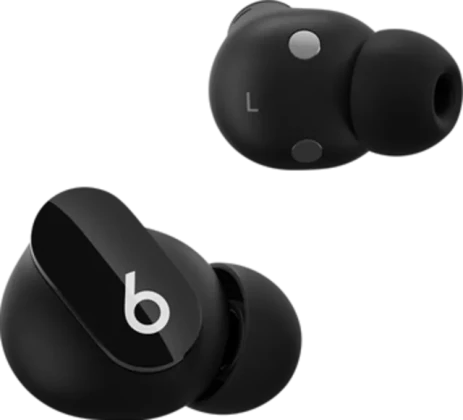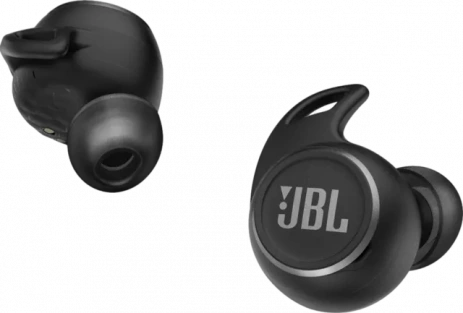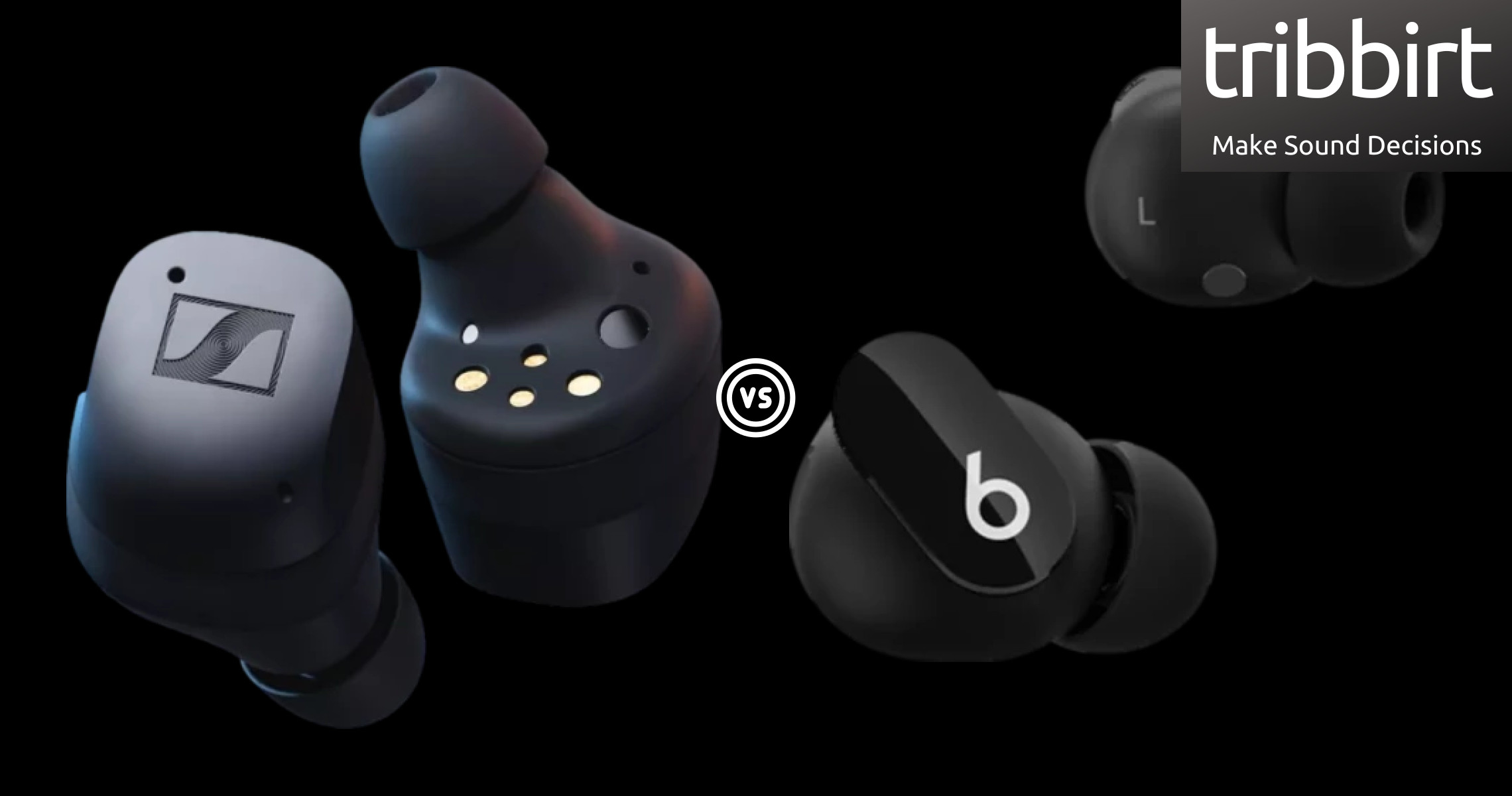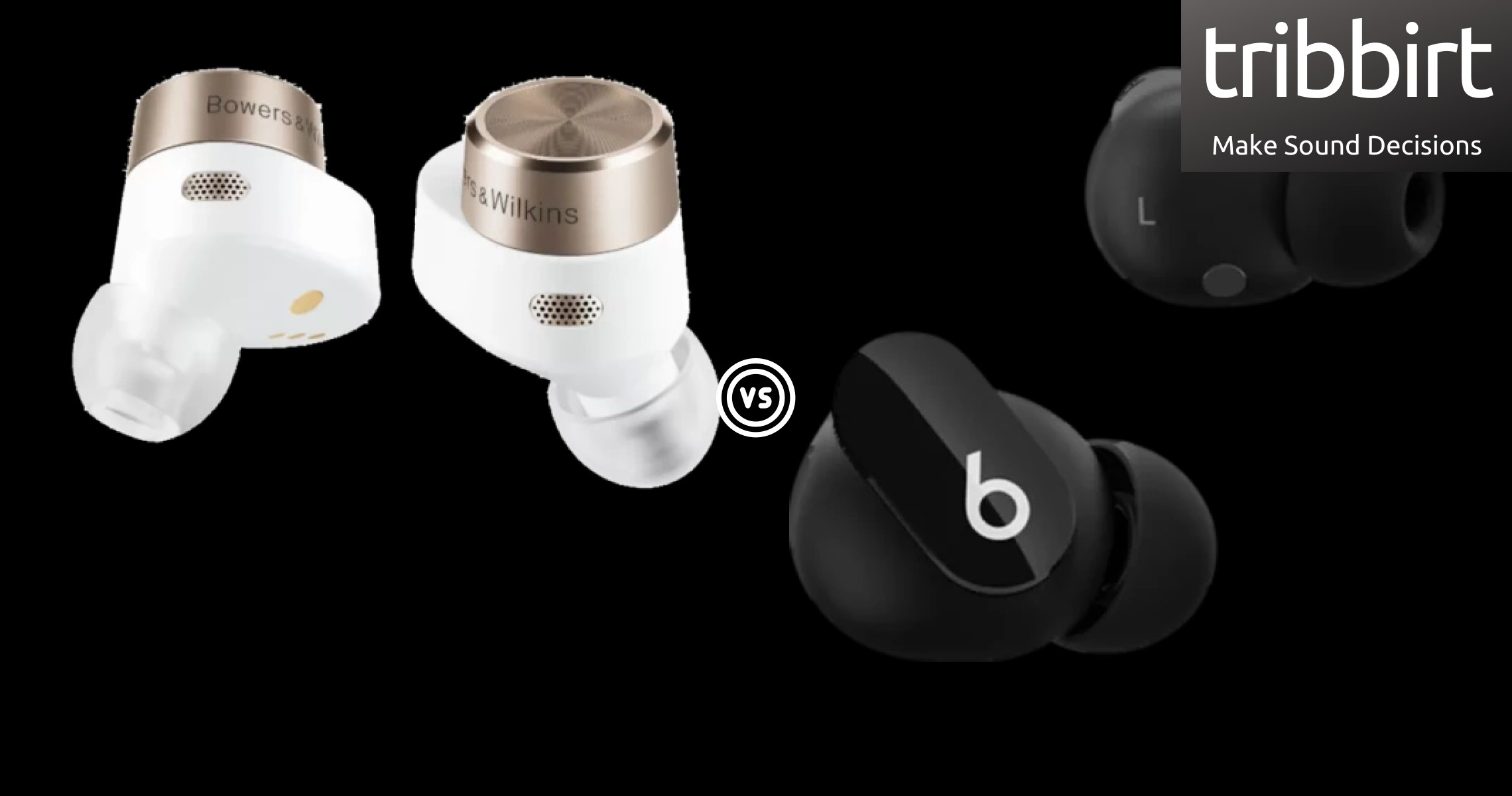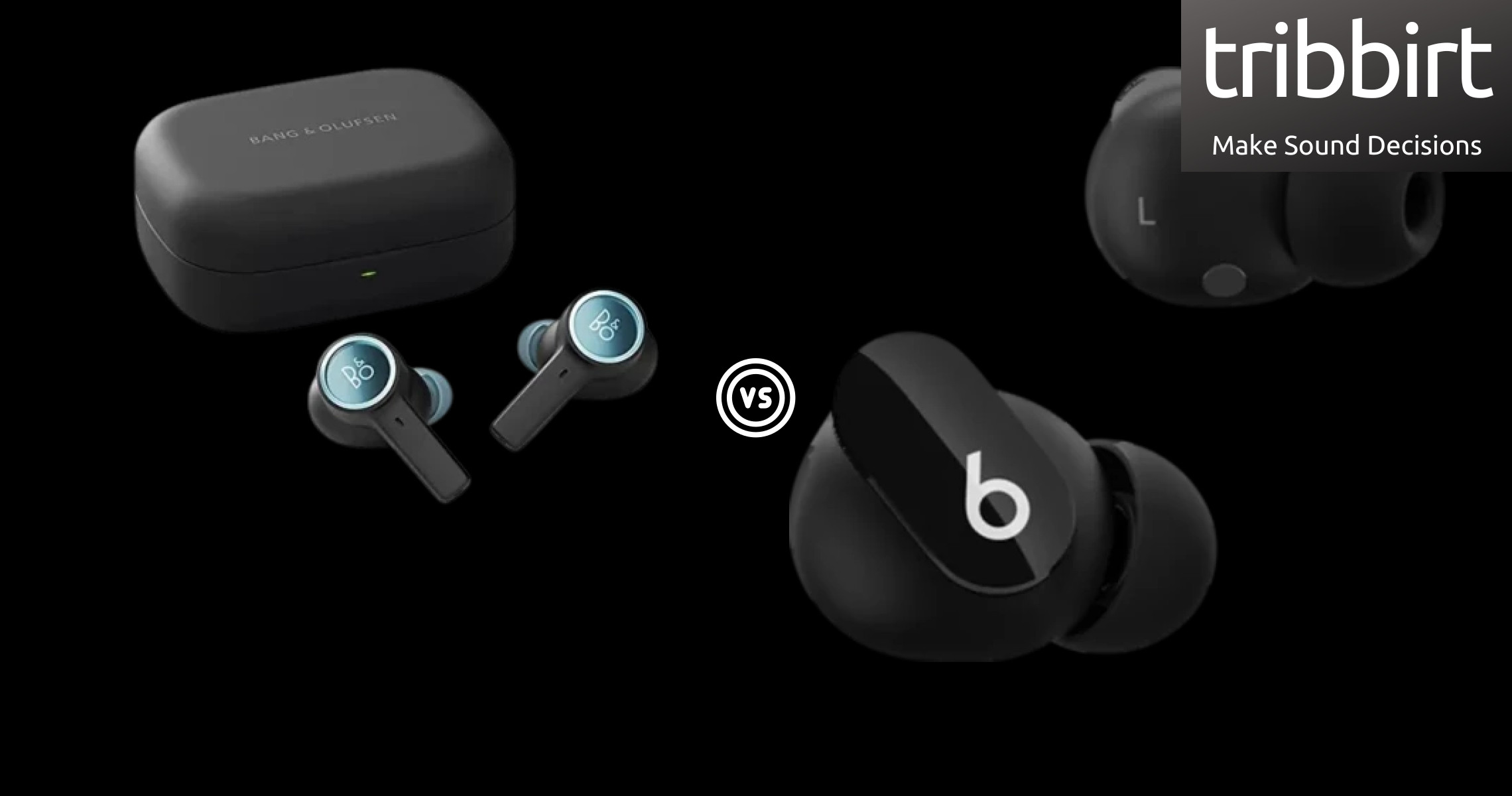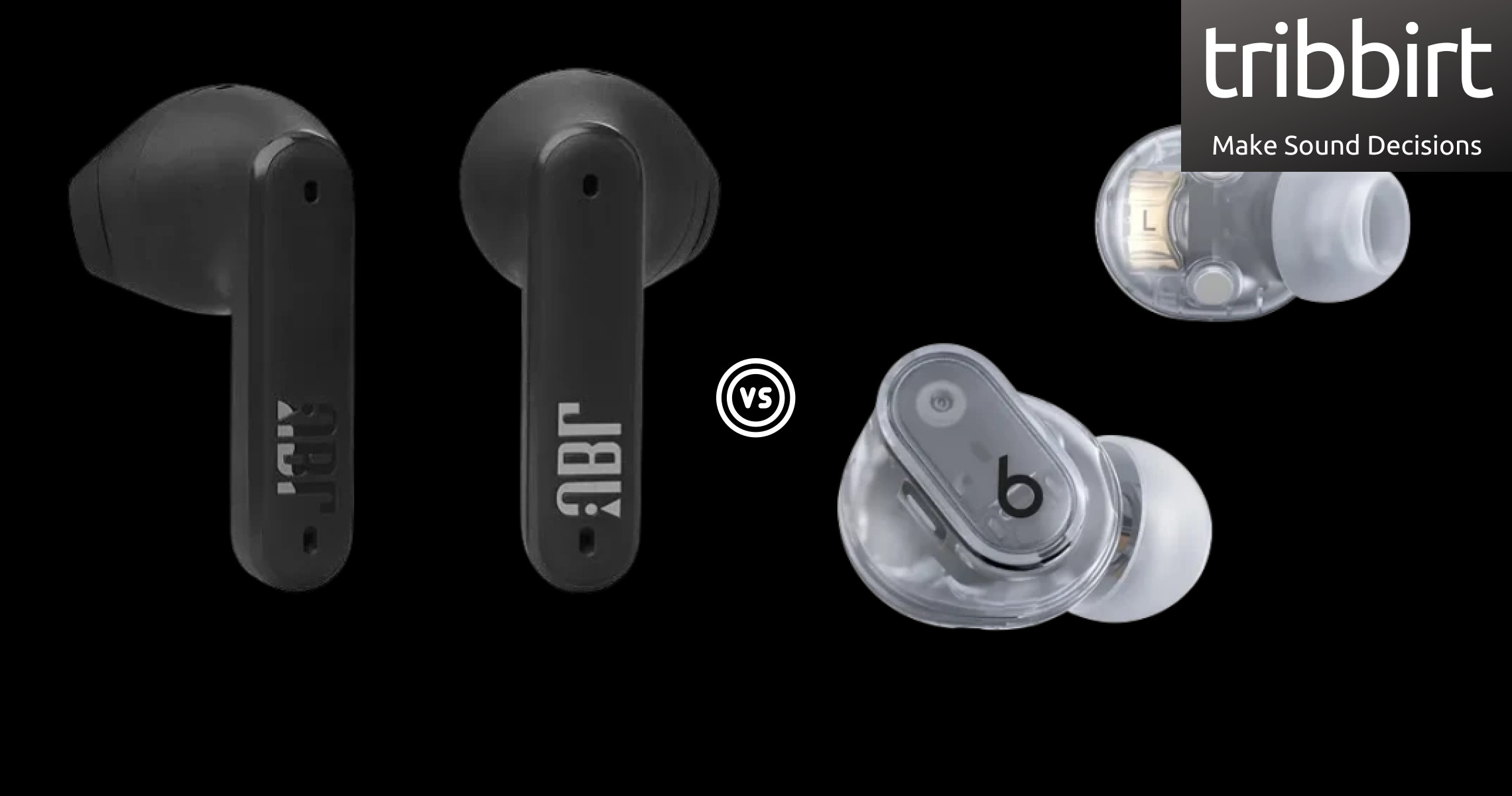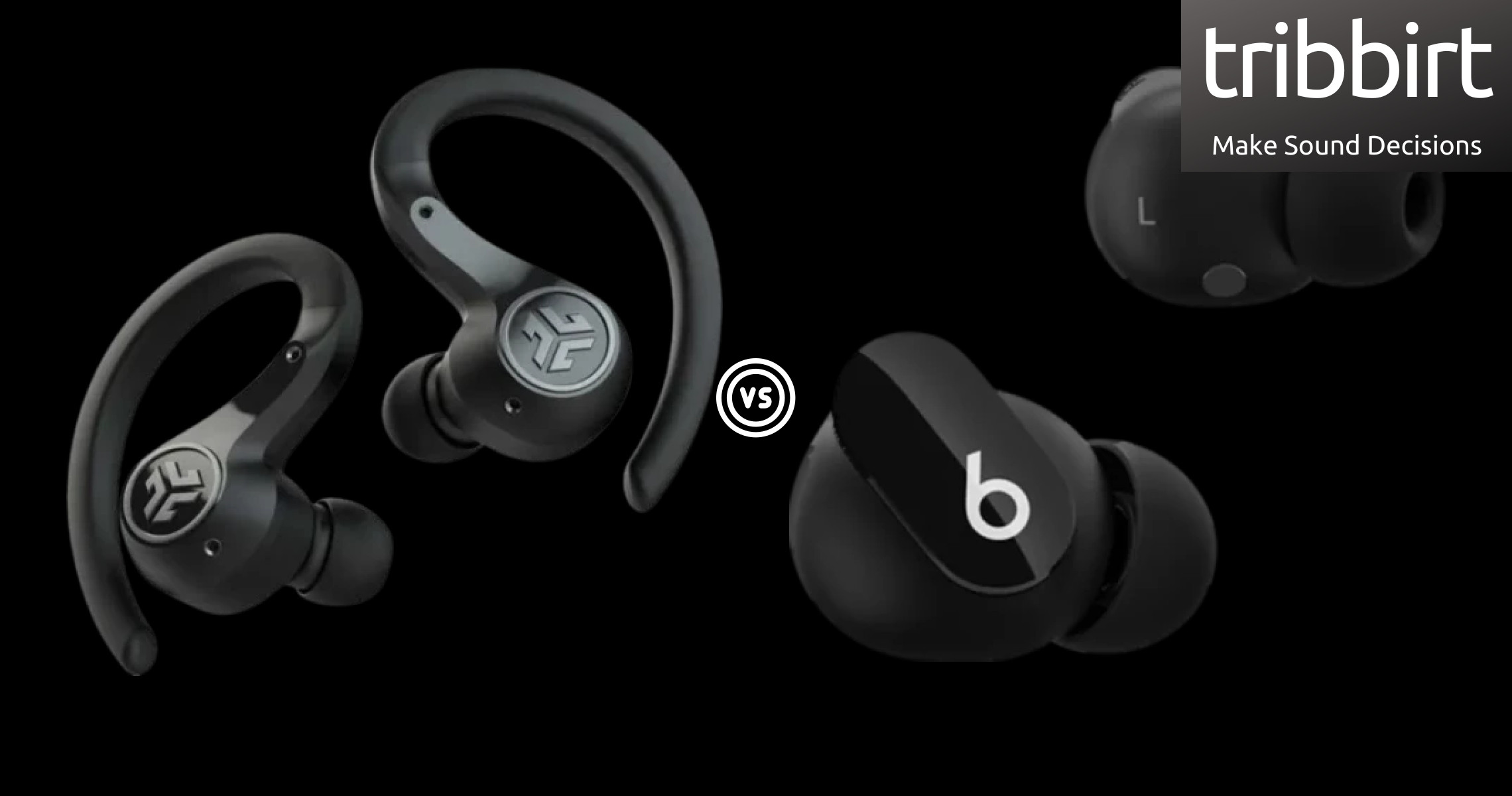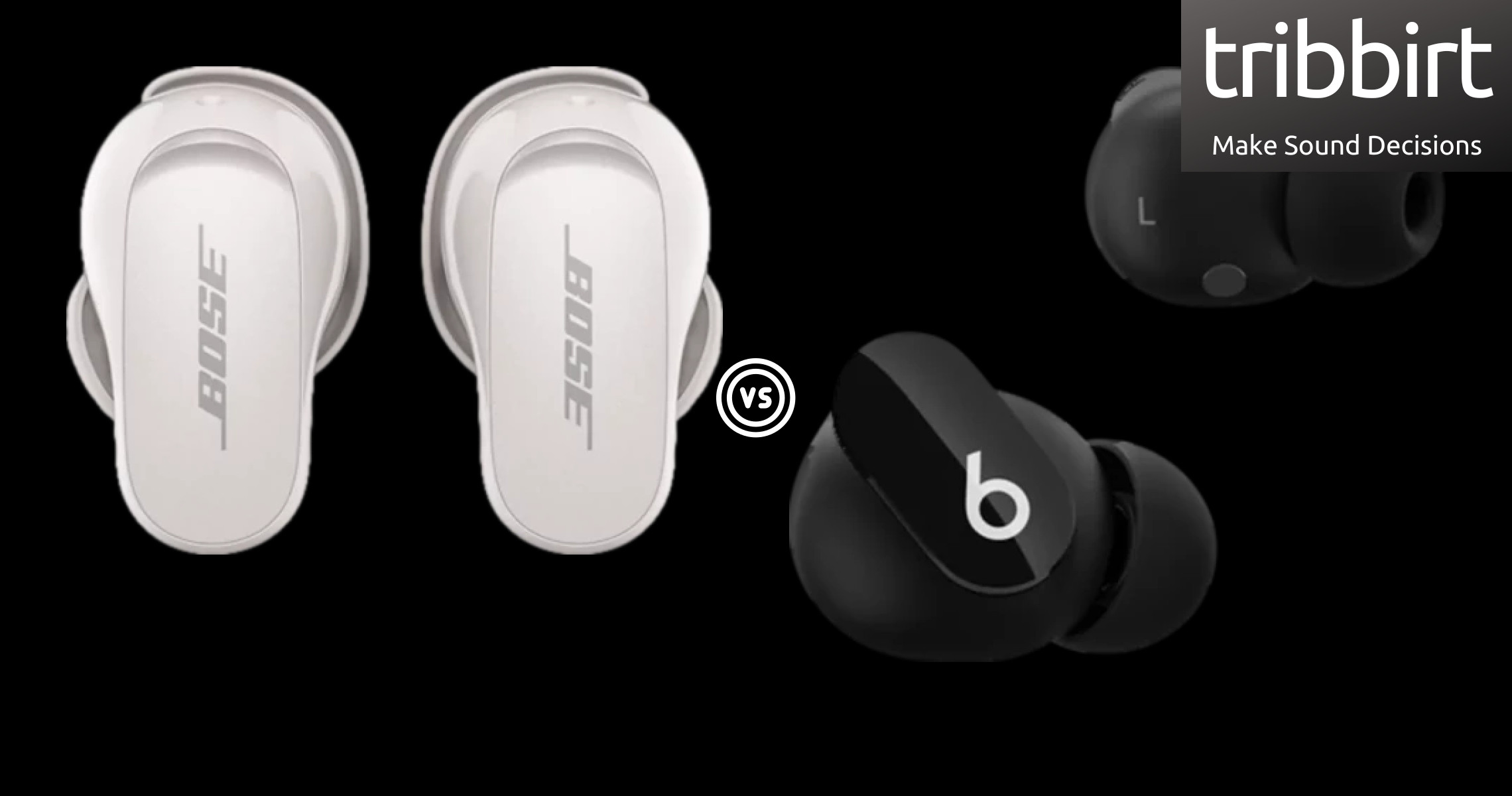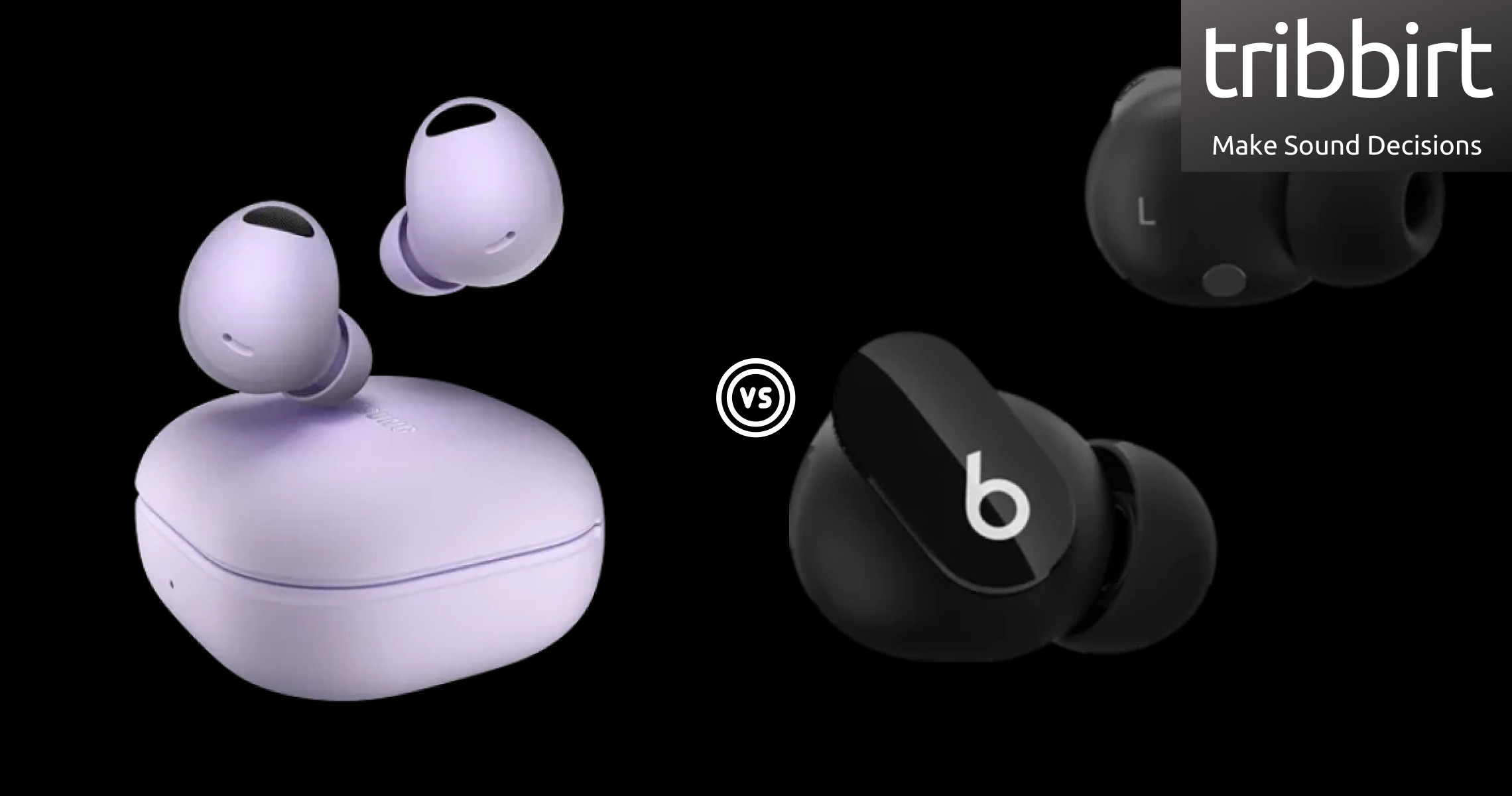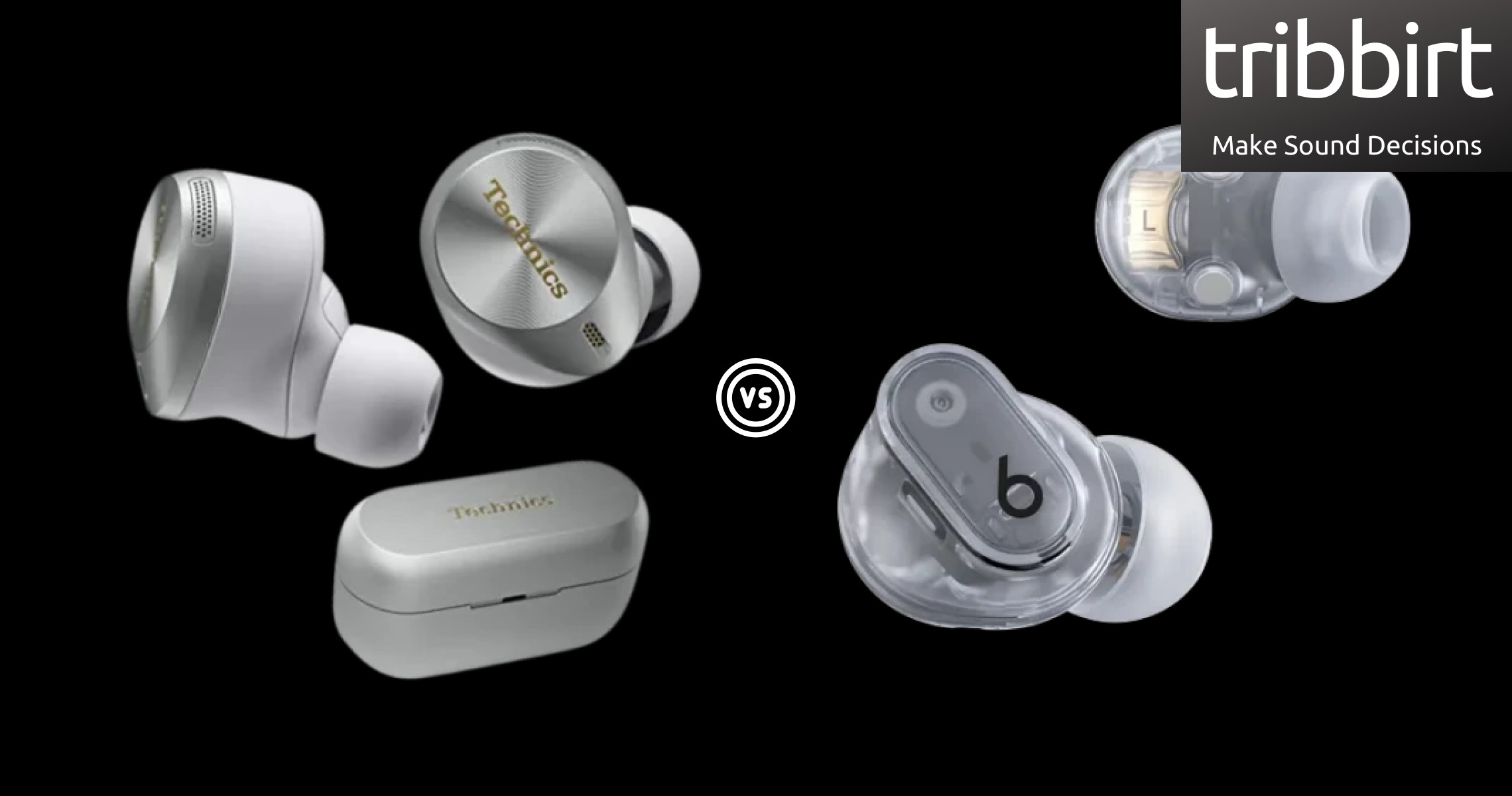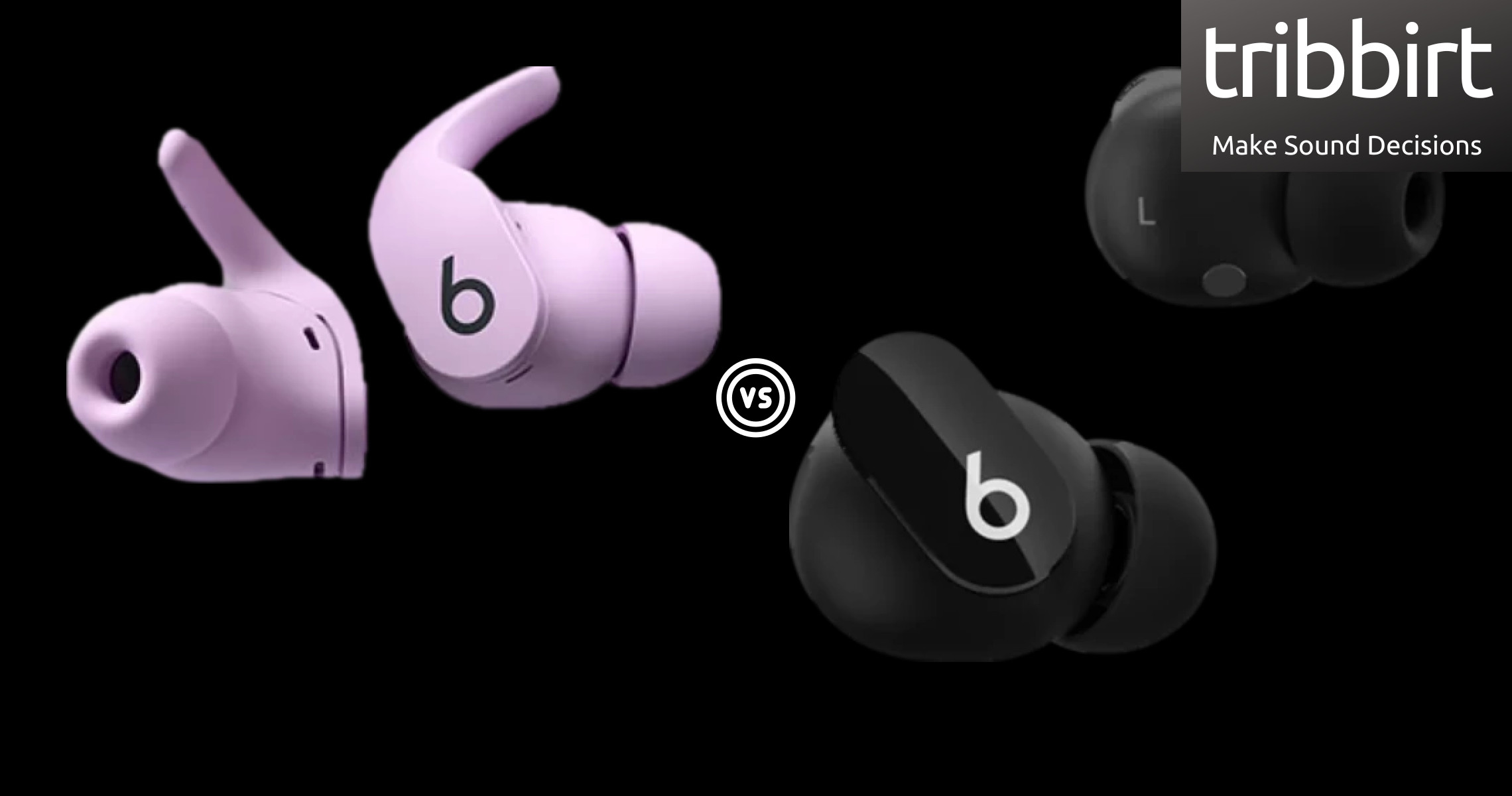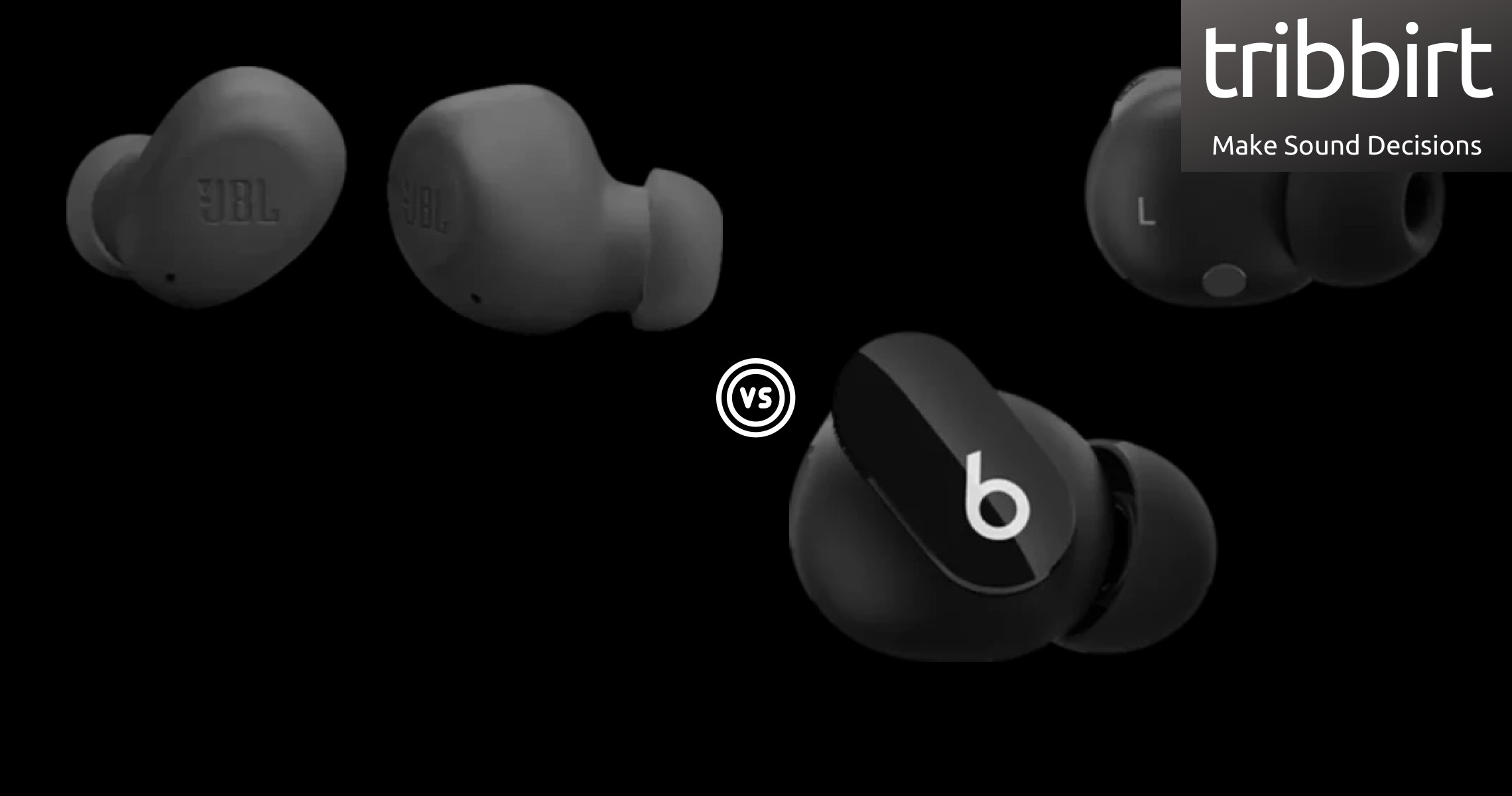IP ratings is the rating of protection offered by an enclosure, against solids and water. The letters 'IP' are followed by two values The first value represents protection against solids such as dust, while the second refers to protection against liquids (sweat).
Having a value of IPX4, the Beats Studio Buds's rating for solids indicates that no data available to specify a protection rating, and of liquids that they can withstand low pressure spray similar to that of a shower head when tilted at 180° for 10 minutes. In comparison to the Beats Studio Buds, JBL Reflect Aero have a rating of IP68 meaning that
they are completely dust proof
and that of liquids is that,
Beats Studio Buds has a lower liquid rating than JBL Reflect Aero
The Beats Studio Buds have a weight of 5.1g . We take in account a lower weight better because lighter devices are more comfortable to carry.
The JBL Reflect Aero, at 13g
are heavier than the Beats Studio Buds by of 7.9g
True wireless devices have no cables linking any part of the device together, Beats Studio Buds are true wireless for this case since they don't have cables. This is a key difference since wireless earbuds have wires connecting the 2 earbuds together. JBL Reflect Aero also is true wireless since it doesn't have cables connecting the pair of earbuds .
Beats Studio Buds are resistant to sweat
JBL Reflect Aero's resistance to sweat makes both devices ideal for use while doing sports such as long-distance running, marathons, cardio sweat workouts , etc
Beats Studio Buds have stereo speakers, devices with stereo speakers deliver sound from independent channels on both left and right sides, this creates a richer sound and a better listening experience.
Both JBL Reflect Aero and Beats Studio Buds have stereo speakers
ANC utilises more advanced technology to actively counter noise. ANC works when, it studies the sound pattern of incoming noise and after generates a mirror signal to counter it. In simple terms, it's like taking +1 (noise) and adding -1 (inverted noise) giving 0 which results in a reduced level of noise.
The Beats Studio Buds have Active Noise Cancellation allowing you to listen at lower volume levels, good for your ears as you don't have to crank up the earbuds volume to outcompete background noise. The JBL Reflect Aero too have Active Noise Cancellation which makes either of the earbuds ideal for plane rides and rush hour travels. Each operate with different noise cancellation modes, pick the mode that suits your commute or that suites your chill time.
The Beats Studio Buds stay well in place, this creates an acoustic covering that tones down your environment sounds while preventing the device sound from leaking out at the same. Both JBL Reflect Aero, and Beats Studio Buds have passive noise reduction this implies that they reduce ambient noise instead of actively using technology to cancel it out. The Beats Studio Buds have a unit size of 8.2mm in diameter, the bigger the unit the more powerful, and can produce better bass.
The driver unit is basically a mini speaker that produces sound in the device, the unit size dictates the sound made by the earbuds. JBL Reflect Aero driver unit is 6.8mm in diameter,
which means that they have a smaller driver unit than that of Beats Studio Buds by 1.4mm
, as many tend to believe that driver units of a bigger size automatically produce better sound quality.
However, large drivers usually have difficulty producing high frequencies so yes, larger drivers can generate louder sound, but this does not mean that they produce better quality sound.
Beats Studio Buds's lowest frequency is at 20Hz, low-frequency response inidcates how well a particular audio device generates low frequencies that can be heard, and if it makes any changes to the signal on its way through. JBL Reflect Aero's lowest frequency is at 20Hz, this implies that
both devices can produce equal bass
The Beats Studio Buds's highest frequency is at 20,000Hz, high-frequency response indicates how well a particular audio device generates high recognizable frequencies and if it changes to the signal while at it. JBL Reflect Aero's highest frequency is at 20,000Hz, this means that
both devices generate equal treble
The sound pressure level, is the pressure level of sound, in decibels, dB, Beats Studio Buds's measurement is 100.5dB/mW.
Devices with a higher sound pressure level are generally louder when supplied with any given audio source. JBL Reflect Aero's sound pressure level measurement is 99dB/mW. The sound pressure level, a device is can be perceived differently by separate people, so we need to have the means to get a standard measurement of sound level expressed in numerical terms.
Beats Studio Buds's battery life is 8 hours, these last longer than 5 hours of listening which is considered average for a single charge. A device's battery life is given by the manufacturer, and with more battery hours, you get to use it for longer and requires fewer chargings. JBL Reflect Aero's battery life is
equal to that of the Beats Studio Buds
. Every time you recharge your device, they get a little less listening time.
The effect is not noticeable at first, but over time, your wireless earbuds will no longer play for long like they used to. This is given by the manufacturer, and Beats Studio Buds's case has a full charge of 16 hours. A charging case with more battery hours enables you to recharge your earbuds on the go several times before having to recharge the case itself.
JBL Reflect Aero's charging case has a battery life of 16 hours,
equal to that of the Beats Studio Buds
It requires 1.5 hours to fully charge the Beats Studio Buds's battery. It is recommended to charge fully the battery before using the earbuds when they have been in storage for extended periods. JBL Reflect Aero takes 1.5 hours to fully charge the battery,
equal to that of the Beats Studio Buds
Beats Studio Buds have a battery level indicator, an indicator shows you when the earbuds has a low battery.
Its lights show the charging status of your device and charging case. JBL Reflect Aero too have a battery level indicator, these enable you tell the charging state of your earbuds, if charged fully, or having a low battery. Beats Studio Buds use USB TYPE-C, a standard connector for transmitting both data and power in a single cable.
JBL Reflect Aero too support USB TYPE-C. This USB-C plug is part and parcel of most current electronics. The Beats Studio Buds have Bluetooth version of 5.2, Bluetooth is a wireless technology standard that allows data transfers between devices placed in close proximity, using short-wavelength, ultra-high frequency radio waves.
JBL Reflect Aero has a Bluetooth version of 5.2,
equal to that of the Beats Studio Buds
. Newer versions provide faster data transfers. The Beats Studio Buds have a 10meters distance connecting via Bluetooth. JBL Reflect Aero have a maximum range of 10meters,
equal to that of the Beats Studio Buds
Beats Studio Buds support AAC, a codec used for Bluetooth audio.
It supports 24-bit audio at 250kbps. Because it uses psychoacoustic modeling, it provides better results than other codecs at the same bit rate.
Being the highest quality codec that any Bluetooth-supporting Apple product supports, the Beats Studio Buds will work well with your MacBook.
If you intend on using these with Android , ensure that they also support aptX HD, LDAC, or LHDC as well. The Beats Studio Buds have 6 microphones. The JBL Reflect Aero microphones are 6,
equal to that of the Beats Studio Buds
. More microphones result in better sound quality and enable the device to filter out background sounds.
The Beats Studio Buds use a noise-canceling microphone, these microphones are made to reduce background sounds from the earbuds' sound. The JBL Reflect Aero too use a noise-canceling microphone. This is useful in noisy environments.
The Beats Studio Buds support ambient sound mode, which uses microphones to pass through ambient noises so that they can still be heard even when wearing the earbuds
The JBL Reflect Aero support ambient sound mode as well, it’s useful when you want to listen to music while being aware of what’s happening around you, say you’re having a jog but would still want to be able to hear traffic. If lost in a room, or can't be found in your bag, the Beats Studio Buds have a find earbuds feature. Beats Studio Buds support fast charging.
Commonly, technologies like Qualcomm’s Quick Charge, are used to reduce the time it takes to fully charge the earbuds. The JBL Reflect Aero too support fast charging. It's very similar to regular charging, only that the battery fills up much faster.
Say, with Quick Charge 3.0, the battery can be charged to 50% in just 30 minutes. The Beats Studio Buds have a multipoint of 2 connections, this feature allows you connect to more than one Bluetooth device and switch between them. For example, you can easily switch calls from one device to another without having to manually disconnect and reconnect.
Beats Studio Buds have a mute function, they support the option to mute/unmute a conversation directly from the device. The JBL Reflect Aero also have the mute function. It means that you are in position turn off the device's microphone, but you can still hear the other party talk.
The Beats Studio Buds, so you can easily access the volume control, pause, play, mute, etc whichever features are supported on the device. JBL Reflect Aero also have a control panel on them. Beats Studio Buds have voice prompts.
With voice prompts, you receive information through audio messages, say if there is a problem with the connection. JBL Reflect Aero too support voice prompts .i.e the earbuds notifies you if the battery is low, and it's time to recharge them. The Beats Studio Buds come with a special pouch.
Carrying earphones openly, or placing them in your bag without a cover may easily put them at risk of getting damaged. JBL Reflect Aero also have a travel bag included, which is useful for safe transportation.
